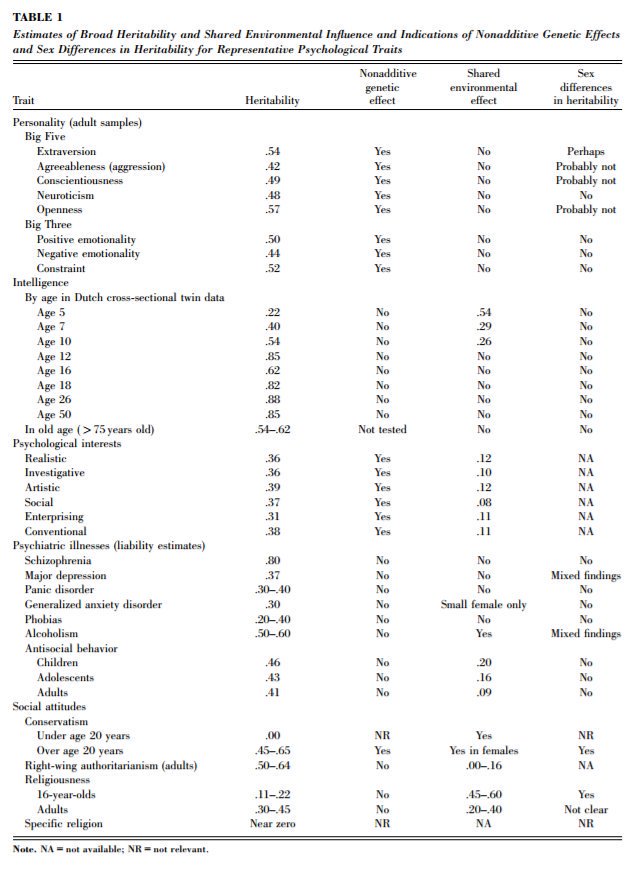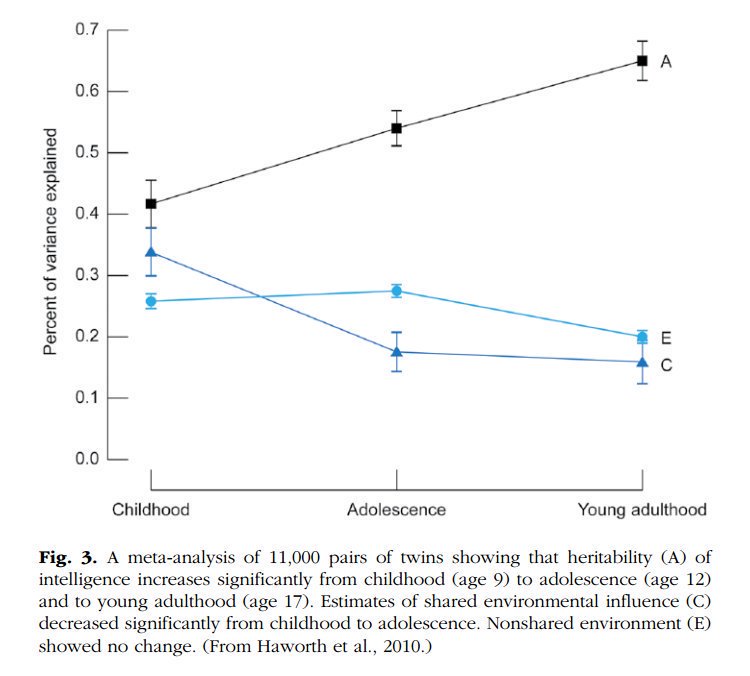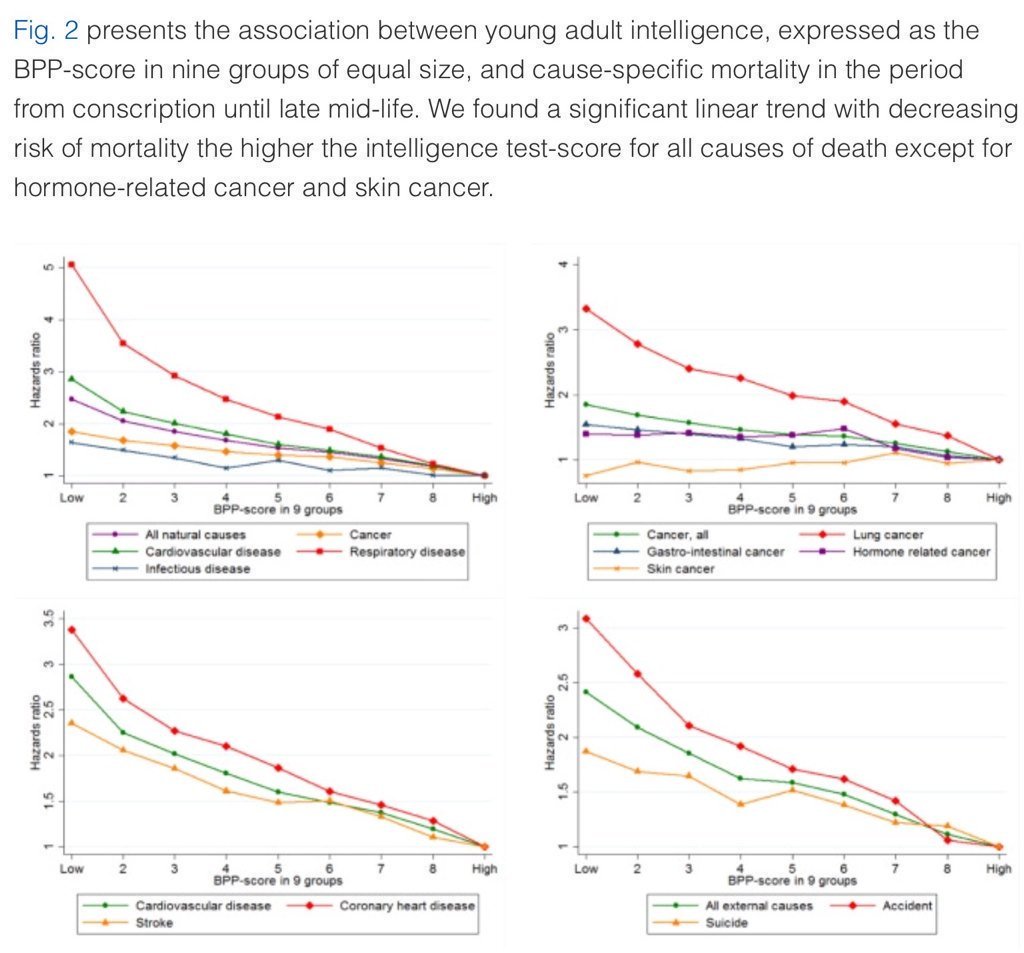Positive aesthetics simply means it has to look good - it should follow the rules of proportion and symmetry, the colors should be flattering, etc.
What's the difference between these 3 images? Why is one the ubiquitous example of great style, another the joke everyone wants to avoid becoming, and the last what your typical guy looks like?
I'll explain.

Positive aesthetics simply means it has to look good - it should follow the rules of proportion and symmetry, the colors should be flattering, etc.
The clothing visuals we love are those that are pleasing to the eye and give us a sense of satisfaction while looking at them.

You can't throw on a toga, or a kilt, or a 19th-century 3-piece suit and walk around in it today because, as beautiful as the aesthetics are, there's no cultural relevance.
This is where most trends come in.
Aesthetics are thrown out the window and a goofy, exaggerated version of relevance takes shape.

Once they've been stripped of their relevance, it becomes even more obvious that there was no inherent beauty or aesthetic to them and we wonder how we could ever have thought it looked good.
So great style is a combination of both.
You have to both understand aesthetics well enough to make your clothing look good, and your culture well enough to make your clothing relevant.
So, rather than play to win, they simply attempt to not lose.
Rather than choosing clothing that's beautiful, they get stuff that isn't ugly.
Rather than risk standing out in a bad way, they do their best to simply fade into the background and simply exist
And even the execution isn't that difficult once you know what to look for and how to make it happen.
https://t.co/Zpi0nIu8sg
More from Culture
You May Also Like
THREAD: 12 Things Everyone Should Know About IQ
1. IQ is one of the most heritable psychological traits – that is, individual differences in IQ are strongly associated with individual differences in genes (at least in fairly typical modern environments). https://t.co/3XxzW9bxLE

2. The heritability of IQ *increases* from childhood to adulthood. Meanwhile, the effect of the shared environment largely fades away. In other words, when it comes to IQ, nature becomes more important as we get older, nurture less. https://t.co/UqtS1lpw3n

3. IQ scores have been increasing for the last century or so, a phenomenon known as the Flynn effect. https://t.co/sCZvCst3hw (N ≈ 4 million)
(Note that the Flynn effect shows that IQ isn't 100% genetic; it doesn't show that it's 100% environmental.)

4. IQ predicts many important real world outcomes.
For example, though far from perfect, IQ is the single-best predictor of job performance we have – much better than Emotional Intelligence, the Big Five, Grit, etc. https://t.co/rKUgKDAAVx https://t.co/DWbVI8QSU3

5. Higher IQ is associated with a lower risk of death from most causes, including cardiovascular disease, respiratory disease, most forms of cancer, homicide, suicide, and accident. https://t.co/PJjGNyeQRA (N = 728,160)

1. IQ is one of the most heritable psychological traits – that is, individual differences in IQ are strongly associated with individual differences in genes (at least in fairly typical modern environments). https://t.co/3XxzW9bxLE

2. The heritability of IQ *increases* from childhood to adulthood. Meanwhile, the effect of the shared environment largely fades away. In other words, when it comes to IQ, nature becomes more important as we get older, nurture less. https://t.co/UqtS1lpw3n

3. IQ scores have been increasing for the last century or so, a phenomenon known as the Flynn effect. https://t.co/sCZvCst3hw (N ≈ 4 million)
(Note that the Flynn effect shows that IQ isn't 100% genetic; it doesn't show that it's 100% environmental.)

4. IQ predicts many important real world outcomes.
For example, though far from perfect, IQ is the single-best predictor of job performance we have – much better than Emotional Intelligence, the Big Five, Grit, etc. https://t.co/rKUgKDAAVx https://t.co/DWbVI8QSU3

5. Higher IQ is associated with a lower risk of death from most causes, including cardiovascular disease, respiratory disease, most forms of cancer, homicide, suicide, and accident. https://t.co/PJjGNyeQRA (N = 728,160)




























